Access to capital can be the difference between grabbing the next big opportunity and watching it slip away. One underused but powerful strategy for maximising available funds is cross-collateralisation. This is when you use the equity in one property to secure finance for another.
When used strategically, it can unlock growth, improve cash flow, and create a smoother funding pathway for multiple projects. But it also comes with considerations that every investor should understand before diving in.
What is Cross-Collateralisation?
Cross-collateralisation is when a lender uses more than one property as security for a single loan or multiple loans. Instead of each property being tied to its own separate finance, the lender views your portfolio as one combined security pool.
For example:
- You own ‘Property A’ with £300,000 in equity
- You want to buy or develop ‘Property B’
- Instead of providing a large cash deposit, you offer both Property A and Property B as security
- The lender uses the combined equity position to approve the loan
The Strategic Advantages
- Unlock Dormant Equity: Many investors have equity locked in completed projects that’s just sitting there. Cross-collateralisation turns that idle value into working capital.
- Reduce Cash Deposit Requirements: By using equity instead of cash, you can keep more liquidity for contingencies, operating costs, or parallel opportunities.
- Accelerate Portfolio Growth: If you’ve got solid projects in the pipeline, cross-collateralisation allows you to move on to the next deal without waiting to refinance or sell an existing asset.
- Streamline Lending Relationships: Working with one lender across multiple projects can sometimes mean faster approvals and more flexible terms, especially if they already know your track record.
Risks and Considerations
Like any powerful financial tool, cross-collateralisation can backfire if used without a clear plan.
- Reduced Flexibility: Because your properties are linked under one lending agreement, selling or refinancing just one asset can be more complex — the lender may require partial releases or full reassessments.
- Increased Exposure: If one project underperforms or the market shifts, the lender can access equity across your entire portfolio to recover their position.
- Potential for Overleveraging: Just because you can access more capital doesn’t always mean you should. Overextending could create cash flow pressure.
Best Practices for Using Cross-Collateralisation
- Run the Numbers Conservatively: Stress-test your repayment capacity under higher interest rates or delayed project timelines.
- Keep LVRs in Check: Aim for a comfortable loan-to-value ratio across the combined portfolio, leaving room for market fluctuations.
- Negotiate Release Clauses: When possible, ensure you have the ability to release individual properties from the loan without triggering a complete refinance.
- Work with an Experienced Broker or Adviser: Specialist finance brokers like Bridgemore Capital understand both property development and complex lending structures - we can help secure favourable terms and protect your flexibility.
The Bottom Line
Cross-collateralisation isn’t for every investor or every deal, but in the right hands, it’s a lever that can accelerate growth and maximise equity efficiency across projects. By unlocking the value tied up in existing assets, you can seize opportunities faster and build momentum without draining your cash reserves.
The key is balance: pairing ambition with a clear-eyed understanding of the risks, and structuring your finance so that flexibility and control remain in your hands.








